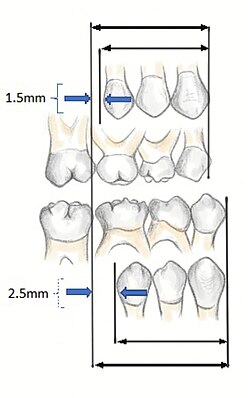class i occlusion canine
The illustration above shows a Class I ideal occlusion. They are the only teeth in contact during the lateral movement.
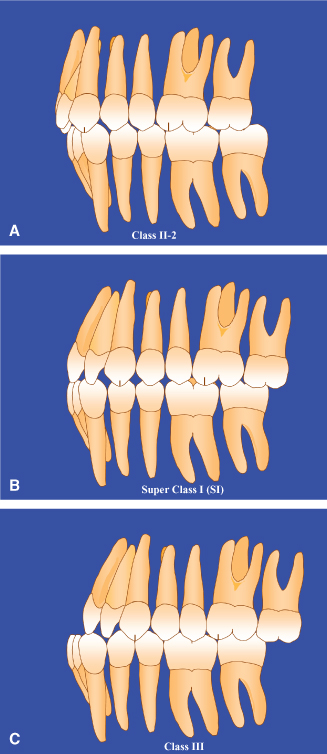
1 Orthodontic Diagnosis And Treatment Planning Pocket Dentistry
Class I orthognathic is considered normal occlusion.

. 1010160022-3913 7990007-6 Abstract A clinical evaluation was made on 1000 teeth in 100 patients with Angles Class I occlusion who were free from histories of orthodontics. Occlusion is defined as the relationship between the teeth of the maxilla upper jaw and mandibles lower jaw. Also notice how the upper teeth cover the.
Angles described Normal occlusion Three types of malocclusion - Angles class I malocclusion Angles class II malocclusion - division 1 and division 2 Angles class III. In normal occlusion canines are the key on the lateral movement. Notice how the point of the upper canine lines up just behind the lower canine.
The voluntary position of the dentition that. Refers to the contact relationship between the maxillary and mandibular teeth when the jaws are in a fully closed position. Distal inclined plane of the maxillary canine.
In an Angle Class I occlusion the mesial inclined plane of the maxillary canine articulates with the distal inclined plane of the mandibular canine. Opposes only the maxillary lateral incisor. These anomalies can include.
A class 1 malocclusion means that the molar position or bite is normal but there are other teeth that are misaligned in some way. Opposes the maxillary lateral incisor and canine. In class I occlusion the mandibular lateral incisor.
Dentistrys most innovative online learning resource. The normal occlusion based on the mesaticephalic skull is as follows. When this relationship is abnormal a malocclusion results and.
An ideal occlusion is that which shows a coincident mid-line there is no crowding no overlap no rotations or spacing of teeth there is correct crown angulation and inclination. The lower incisors rest on the cingulum of the upper incisors. Class II retrognathic and III prognathic are.
The common system used to classify occlusion is termed Angles classification system. The mandibular canine teeth fit without touching between. Sharpen your skills from home or the office or from anywhere on the go with more than 1500 video lessons and other materials.
CLASSIFICATION OF OCCLUSION USING CANINE RELATIONSHIP Class I canine relationship The upper permanent canine occludes in the embrasure between the lower.

Nonsurgical Treatment Of An Adult With Skeletal Class Iii Malocclusion Anterior Crossbite And An Impacted Canine American Journal Of Orthodontics And Dentofacial Orthopedics
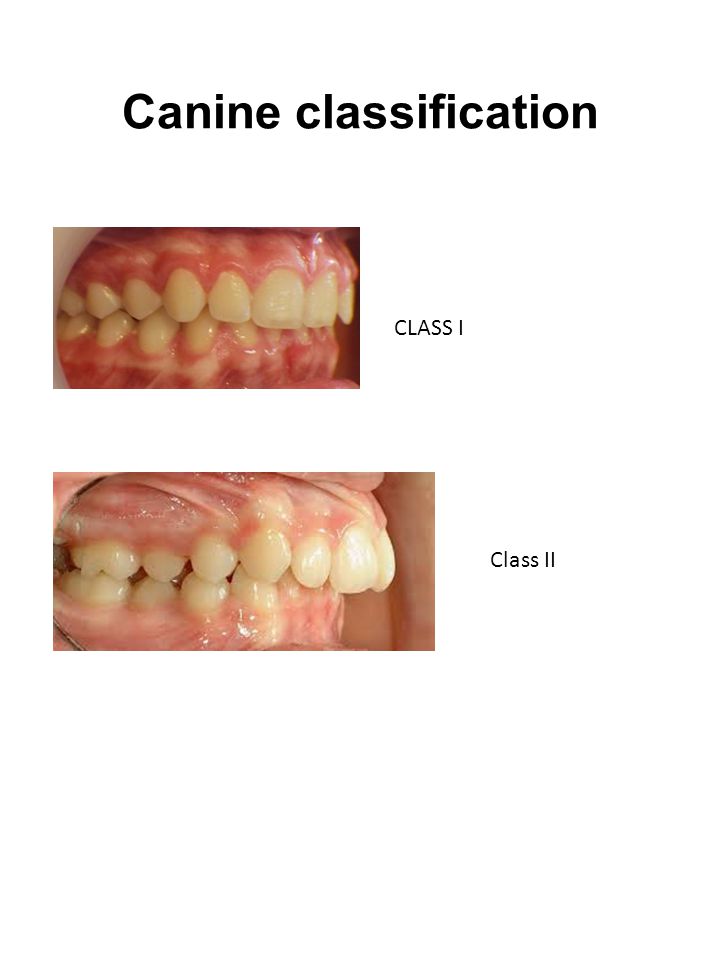
Aetiology And Classification Of Malocclusion Ppt Download

Canine S Classification Download Scientific Diagram

Malocclusions Class I Class Ii Class Iii Clinical Features Quick Revision Youtube

Classification Of Malocclusion

Nonsurgical Correction Of Severe Skeletal Class Iii Malocclusion Jco Online Journal Of Clinical Orthodontics
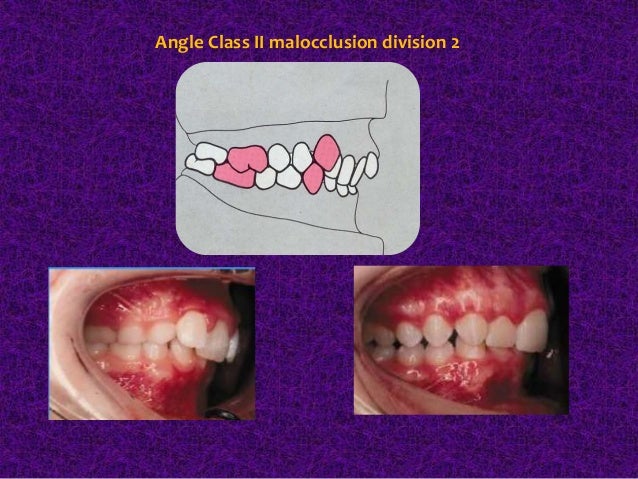
Angle S Classification For Malocclusions Dentalnotebook

Minimally Invasive Prosthodontic Correction Of Pseudo Class Iii Malocclusion By Implementing A Systematic Digital Workflow A Clinical Report Journal Of Prosthetic Dentistry
Patient Portfolio Milford Westborough Ma Family Orthodontics
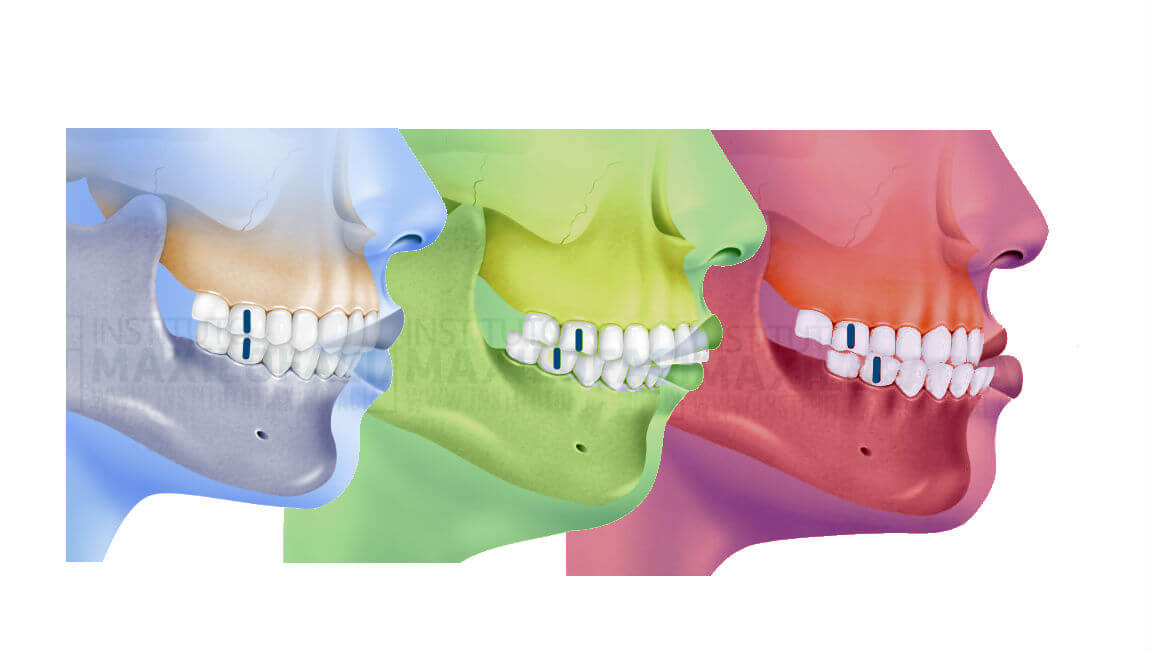
What Is A Class I Class Ii Or Class Iii Bite Instituto Maxilofacial

Functional Occlusion In The Dental Lab Understanding The 3 Classes Of Occlusion

Angle S Classification Of Malocclusion Flashcards Quizlet

Nonsurgical Treatment Of An Adult With Skeletal Class Iii Malocclusion Anterior Crossbite And An Impacted Canine American Journal Of Orthodontics And Dentofacial Orthopedics

Orthotropics Treatment Of Skeletal Class Ii Division 1 Malocclusion With Mandibular Deficiency Using Myofunctional Appliances In Growing Individuals Www Orthotropics Co Uk Www Lsfo Co

Malocclusion Class Ii Cosmetic Dentistry

Orthodontics Classification Of Malocclusion My Dental Technology Notes

Nonsurgical Correction Of Severe Skeletal Class Iii Malocclusion Jco Online Journal Of Clinical Orthodontics
